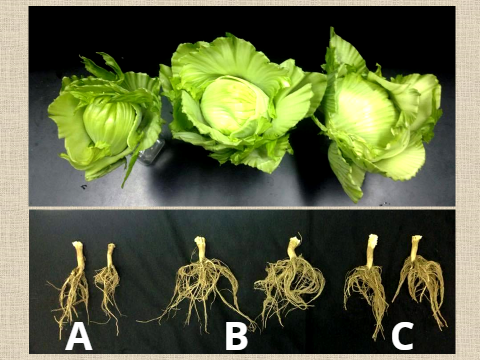
B&B e-Paper
B&B e-Paper
B&B E-Paper No.9
Endophytes and their application as biostimulants in Taiwan
Plant biostimulants include diverse microorganisms and active metabolites that conduct beneficial effects on plants and improve their capability to face adverse environmental conditions. As one of the emerging issues in agriculture is the decreasing productivity in both quality and quantity of agroproducts caused by various biotic and abiotic stresses, thus biostimulants have been proposed as promising agronomic tools to reduce either abiotic or biotic stresses. Since the global market for biostimulants has been projected to reach more than $3 billion by 2022 (Markets & Markets), many scientists and companies are developing novel biostimulants products through identification of those effective bioactive molecules that could able to elicit specific plant responses against abiotic and biotic stresses.
On the other hand, microbial endophytes including fungi and bacteria represent an endosymbiotic group that colonizes internal plant tissues without causing any adverse effects and benefits plant growth by secreting functional substances. Endophytes are known to be involved in the synthesis of siderophores for iron acquiring by plants, releasing plant hormones, nitrogen fixation, solubilization of immobilized phosphorus, nutrient cycling, secretion of volatile organic compounds, induction of plant pathogenic resistance and stress tolerance. However, endophytes are still remained as one of the least studied and unexplored groups of microbes that need to be elucidated for providing comprehensive knowledge regarding beneficial plant-microbe interactions.
Although the banana has long been one of the most important crops in Taiwan, Fusarium wilt caused by Fusarium oxysporum f. sp. cubense tropical race 4 (Foc TR4), has become the most lethal disease of banana and threatens both the quality and quantity of banana production global wide. As more recent reports have demonstrated examples of endophytic bacteria that can efficiently improve plant growth and shown as good candidates for biological control agents, this prompted us that pre-inoculation with beneficial endophytes through banana plantlets might serve as an effective strategy for either biological control or growth promotion of banana plant. In our previous study, a total number of 56 endophytic isolates from different plants including reeds, vetiver grass, and banana plants were screened, where the diversity and community of endophytes within banana plants were analyzed. An endophytic bacterium Burkholderia cenocepacia 869T2 (Now formally identified as Burkholderia seminalis 869T2) from vetiver that showed high ability to inhibit Foc TR4 mycelia, and it could not only decrease the incidence of Fusarium wilt disease but also promote banana plant growth. Endophytic B. seminalis 869T2 decreased the disease incidence of Fusarium wilt on treated banana plants to 3.4 %, comparing to 24.5 % of non-inoculated plants infected in the field test within a 7-month period. Furthermore, significant growth promoting of 869T2 inoculated banana plants was observed in field experiments (Ref. 1).
To understand the plant beneficial effects of endophytic strain 869T2, we apply the strain to Arabidopsis thaliana, and confirmed the effect of plant growth promotion could be applied to other kind of plant.
|
|
|
| Fig. 1. The inoculation of endophytic strain 869T2 on Arabidopsis thaliana where the right hand is control plant and left hand is 869T2 inoculated plant. | |
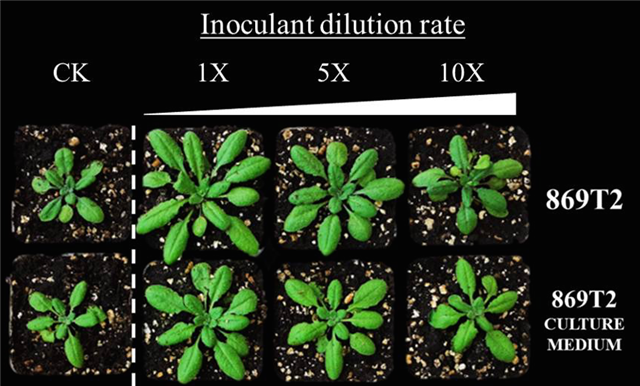 |
|
| Fig. 2. Dosage dependent effects were found when 869T2 culture medium (without bacteria cells) was applied to Arabidopsis thaliana. |
As the results show that the strain could be suitable for agricultural crops, we try to apply the strain to crops such as cabbage and chili.
|
|
|
| Fig. 3. Cabbage that treated without 869T2 (upper) and treated with 869T2 (below). | |
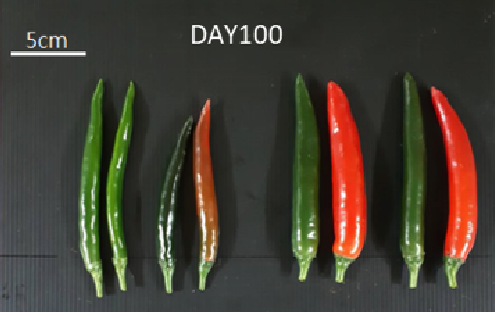 |
|
| Fig. 4. Chili that treated with 869T2 (right) and without (left). |
From genomic sequence data and image mass analysis, we found that a kind of cyclic dipeptides, pyrroloquinoline quinone, may act as one of the potential biostimulants for plant. But the real challenge lies in taking these potential candidates from laboratory to land. So, we are now intensively study this metabolite for its further application.
|
Author’s Contact
Distinguished Professor and Vice Dean
Chieh-Chen Huang, Ph.D.
Department of Life Sciences, National Chung Hsing University
145 Xingda Road, Taichung City 40227 Taiwan, R. O. C.
Tel. 886-4-22840416 ext. 405
Fax: 886-4-22874740
E-mail: cchuang@dragon.nchu.edu.tw
|
The treasure of mud volcanoes
Taiwan government has promoted the ten-year program (2018-2027) for reducing chemical pesticide usage by half, so the R&D and commercialization of biopesticides have played an important role, meanwhile, the R&D and commercialization of biofertilizers also have played an important role in rational fertilization.
The R&D team of National Kaohsiung Normal University has identified Bacillus amyloliquefaciens YCMA1, a strain that could promote plant growth and phosphate solubilization, in the mud produced by mud volcanoes. B. amyloliquefaciens YCMA1 had the function of protein and fiber decomposition, and the survival chance of YCMA1 under UV exposure increased after formulation development. The results of field test showed that a combination treatment of B. amyloliquefaciens YCMA1 600X (107 CFU/ml) and chemical fertilizer significantly increased root growth of mustard and yield compared to chemical fertilizer or organic fertilizer (Fig. 1).
In addition, B. amyloliquefaciens YCMA1 could effectively inhibit plant pathogenic fungi, including citrus anthracnose, papaya anthracnose and cabbage black rot, and plant pathogenic bacteria, including citrus canker, tomato bacterial spot, bacterial wilt of tomato, etc. The control experiment of cabbage black rot has showed that spraying B. amyloliquefaciens YCMA1 600X (107 CFU/ml) on leaves of cabbage seedlings every 3 days for 5 times could effectively control black rot (Fig. 2). The disease severity of cabbage in the control group was 39.16%, and that in the treatment group was 25.0% (Fig. 3). Field experiments showed that the disease severity of mango anthracnose on leaves of untreated B. amyloliquefaciens YCMA1 was 35.4%. After 7 months of YCMA1 application, the disease severity of mango anthracnose on leaves decreased to 18.7%, and that on fruit decreased from 55% to 10% (Fig. 4).
Two Taiwan invention patents have been obtained for B. amyloliquefaciens YCMA1, which were " Bacillus amyloliquefaciens and the use of the same" and "production method for fermentation product of Bacillus amyloliquefaciens with property of anti-ultraviolet activity ". B. amyloliquefaciens YCMA1 combined with technologies mentioned above could effectively enhance the ultraviolet resistance of itself and increased the survival concentration in the field. Also, improving the tolerance of B. amyloliquefaciens YCMA1 to chemical pesticides (insecticides, fungicides and herbicides) which is conducive to the application effect of IPM in the field. This product was awarded the 12th National Innovation Award in Taiwan.
The R&D of B. amyloliquefaciens YCMA1 achievements have been successfully technology transferred to Bion Tech Inc. and A-Liang Biotech. Co., Ltd. for registered as biopesticide and biofertilizer products. In the future, it will contribute to the sustainable agriculture and ensure the food safety of consumers.
|
|
|
| Fig. 1. A combination treatment of B. amyloliquefaciens YCMA1 600X (107 CFU/ml) and chemical fertilizer (B, middle) significantly increased root growth of mustard and yield compared to chemical fertilizer (A, left) and organic fertilizer (C, right). | |
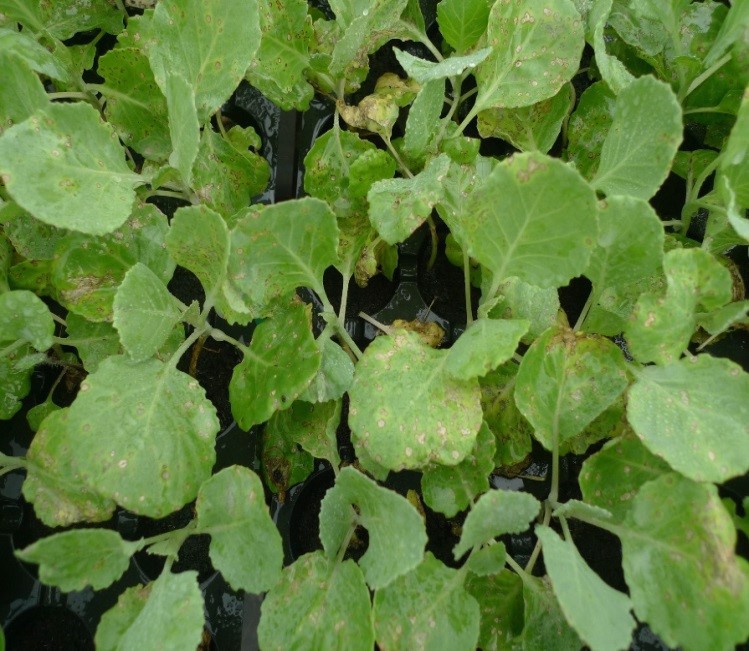 |
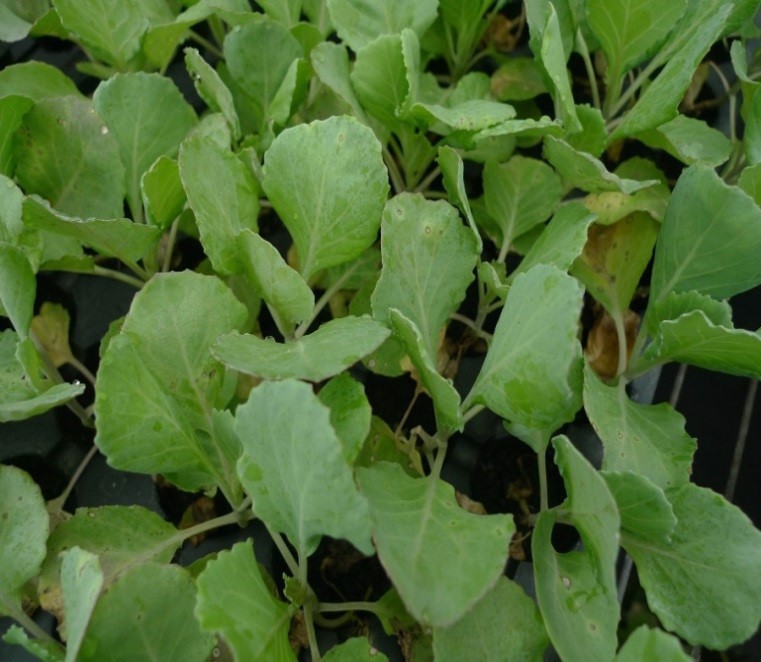 |
| Control group | Treatment group |
| Fig. 2. The occurrence of cabbage seedlings black rot effectively reduced by using B. amyloliquefaciens YCMA1 600X (107 CFU/ml). | |
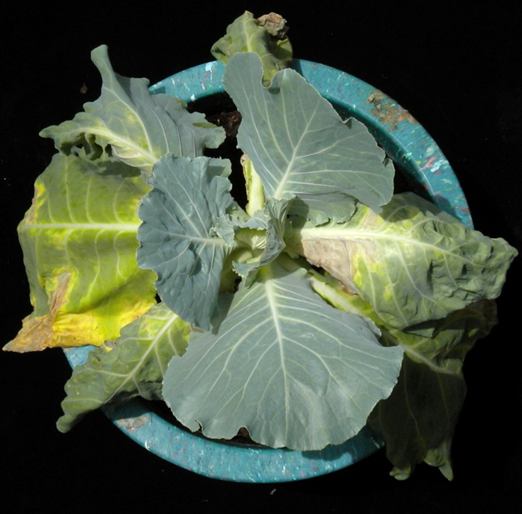 |
 |
| Control group | Treatment group |
| Fig. 3. Control group (left) and treatment group (right) show a strong difference black rot disease severity on cabbage control by using B. amyloliquefaciens YCMA1 600X (107 CFU/ml). | |
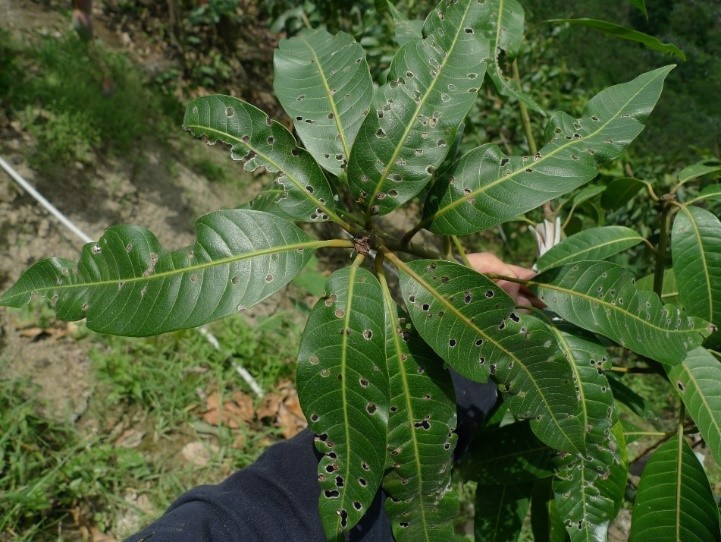 |
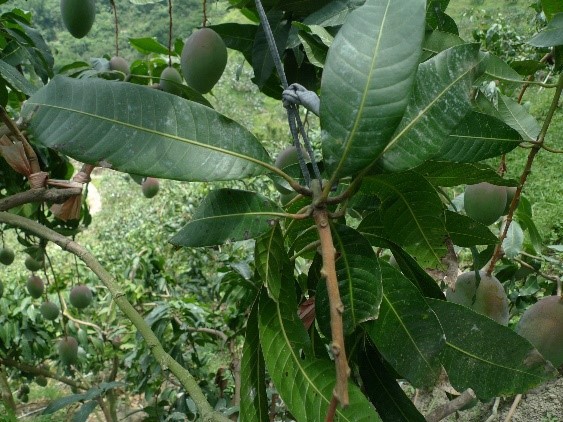 |
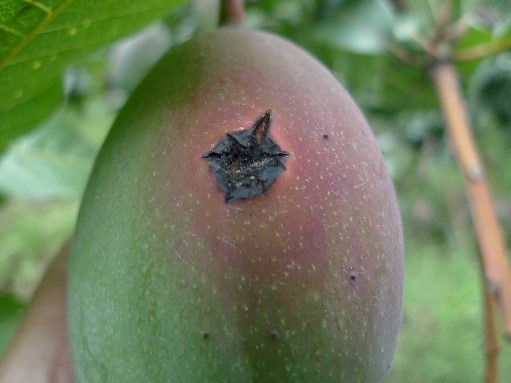 |
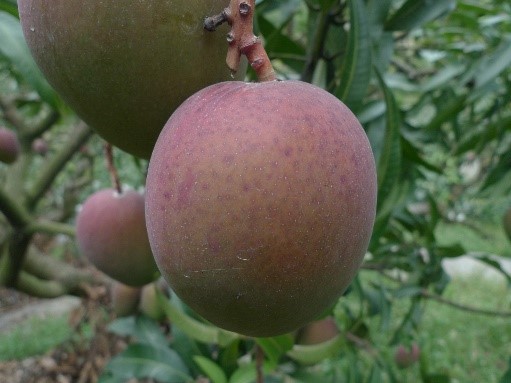 |
| Control group | Treatment group |
| Fig. 4. The occurrence of mangoes anthracnose effectively reduced by using B. amyloliquefaciens YCMA1 600X (107 CFU/ml). | |
|
Author’s Contact
Distinguish Professor
Chienyan Mark Hsieh, Ph.D.
Department of Biotechnology, National Kaohsiung Normal University
No.116, Heping 1st Rd., Lingya District, Kaohsiung City, 80201 Taiwan, R. O. C.
Tel. 886-7-717-2930 #6630
E-mail: mch@nknu.edu.tw
|
Seek Now >> Taiwan Commercial Seed (http://tssb2b.tss.gov.tw)


